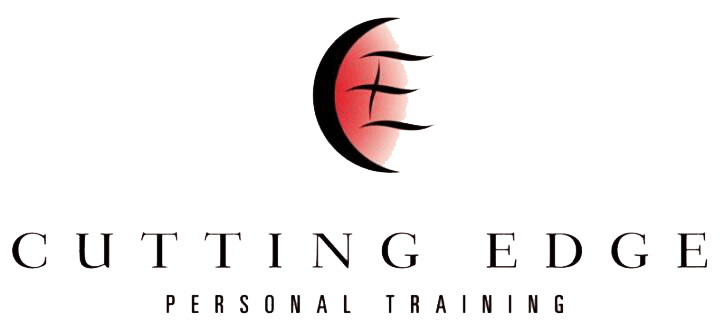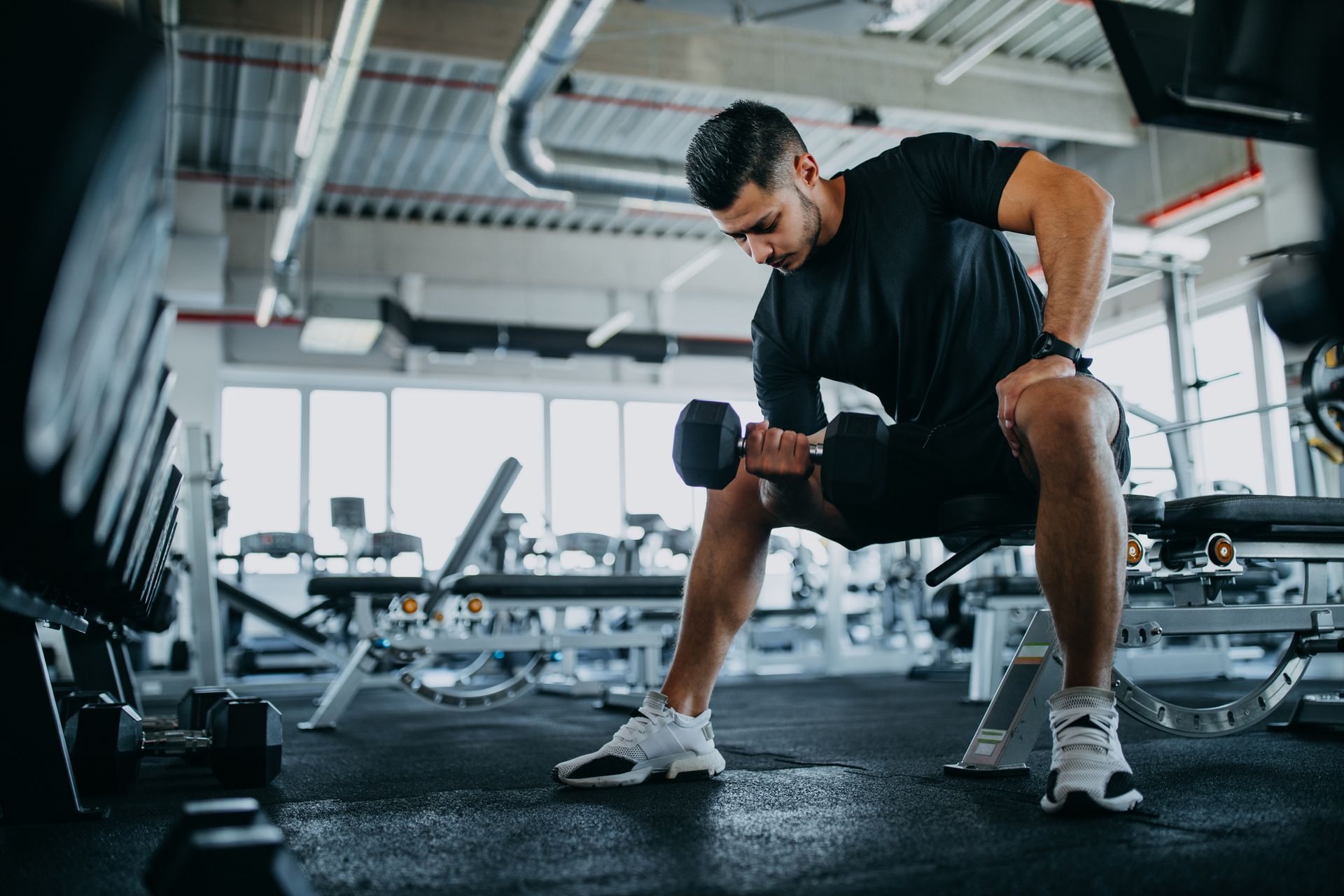July 8, 2021
Muscle building 101 | Part 4 - Types of Muscle Growth
If you look at different athletes from different training disciplines, you will notice the diversity of muscular development you can have.
For instance, most powerlifters are bigger, thicker, and rugged. While most gymnasts and sprinters look leaner and “athletic”.
This brings a question to mind - Are there different types of muscle growth and is more always better?
In this article, we’ll go over the two different types of muscle growth and explain which one you should focus on stimulating, depending on your goal.
The Two Types Of Muscle Growth

If you look at a muscle group, you will find that it is made up of separate muscle units, called myofibrils (muscle fibers).
As discussed in Part 3, these are the active, contractile components of your musculature that make moving possible.
Around the myofibrils, there is a jelly-like fluid that contains non-contractile elements. This is called the “sarcoplasm’ and is used for energy during muscular activity.
This knowledge leads us to the two types of muscle growth:
- Myofibrillar hypertrophy
- Sarcoplasmic hypertrophy
Myofibrillar hypertrophy is the actual growth in the size of the separate muscle units (myofibrils). This type of growth is mostly sought after by strength athletes, like powerlifters and Olympic weightlifters.
The main adaptations that occur when myofibrillar hypertrophy is stimulated are increases in relative strength and improved efficiency of the nervous system. For this type of adaptation, bulk muscle growth is a secondary adaptation.
Sarcoplasmic hypertrophy, on the other hand, is the growth in the size of the jelly-like fluid around the muscle fibers, which we mentioned above. This is more seen being taken advantage of in the training of bodybuilders and physique athletes.
The end results of this type of stimulation, are increases in bulk muscle growth, along with relative strength. In this case, increases in maximum strength are a secondary adaptation.
Training tips
If you’re not a competitive athlete that needs to focus on developing just a bunch of physical properties, your best bet is to mix different types of stimulation.
Nevertheless, your training approach should be specific to your goals.
For instance, if your goal is to improve your maximum and relative strength, you should primarily focus on training in that powerlifting rep range we discussed in Part 1 (sets of 1-5 repetitions). But you should also include sets of 6-15 reps every now and then to stimulate other adaptations.
If, however, your goal is more oriented towards sculpting a physique athlete-like body, you should focus primarily on the bodybuilding rep range of 6-15 repetitions.
To achieve the ultimate, functional, and good-looking physique, you should incorporate all kinds of stimuli into your workouts. This means you should ultimately try to combine low reps, high reps, slow reps, fast reps, etc
Conclusion
You now know the two main types of growth that can occur in the muscular system: myofibrillar & sarcoplasmic hypertrophy. The way you set up your training parameters and workout as a whole will determine which type of growth will occur.
What we see on the outside as muscles that make us look good is actually a complex, adaptable system (the muscular system). If you are looking for the best overall development, you should carefully mix your workouts and utilize different types of stimuli.
In the fifth and final installment in this series, we are going to tie a bow on it all by going into depth on sets and reps.
Till then!





